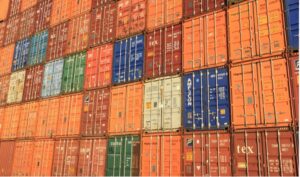Shipping containers are the backbone of global trade, transporting goods across oceans and continents. However, stuffing shipping containers is not as simple as throwing items into a box and sealing it. Proper container stuffing requires careful planning, organization, and execution to ensure that the cargo arrives at its destination in good condition, without wasting space or risking damage.
In this article, we will discuss the importance of properly stuffing shipping containers, the common mistakes to avoid, the damage caused by improper container stuffing, the efficient container stuffing techniques, the tools and equipment for container stuffing, the best practices for organizing and securing cargo in containers, the ways to maximize container space utilization, and the container stuffing safety guidelines. By following these tips, you can optimize your container stuffing process and save time, money, and resources.
The importance of properly stuffing shipping containers
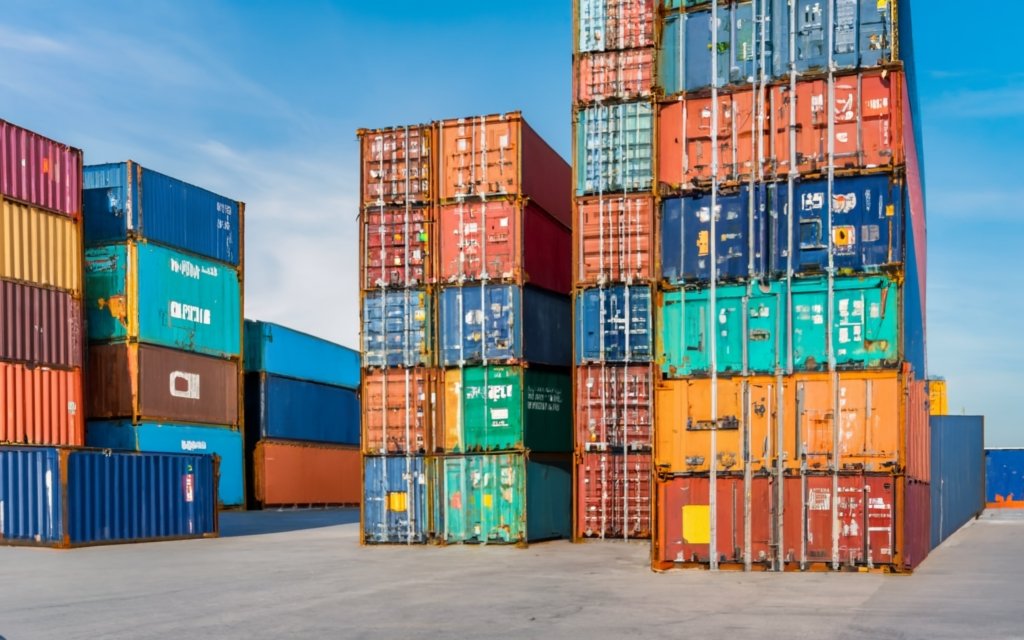
Properly stuffing shipping containers is important for several reasons:
- It protects the cargo from damage during transit. Improperly stuffed containers can cause the cargo to shift, slide, tilt, or fall, resulting in breakage, denting, scratching, or crushing. This can lead to losses, claims, delays, and customer dissatisfaction.
- It prevents injuries to workers and handlers. Improperly stuffed containers can pose hazards to the people who load, unload, or transport them. For example, loose or heavy items can fall out of the container and hit someone, or unstable or overweight containers can topple over and cause accidents.
- It enhances the efficiency and productivity of the supply chain. Properly stuffed containers can optimize the use of space and weight, allowing more cargo to be shipped in fewer containers. This can reduce the transportation costs, the environmental impact, and the customs clearance time.
- It complies with the regulations and standards of the shipping industry. Improperly stuffed containers can violate the rules and requirements of the carriers, the ports, the authorities, and the destination countries. This can result in fines, penalties, inspections, rejections, or confiscations.
Common mistakes in container stuffing
Some of the common mistakes that shippers make when stuffing shipping containers are:
- Not choosing the right type or size of container for the cargo. Different types of cargo require different types of containers, such as dry, refrigerated, open-top, flat-rack, or tank containers. Moreover, the size of the container should match the volume and weight of the cargo, such as 20-foot, 40-foot, or 45-foot containers. Choosing the wrong type or size of container can lead to wasted space, excess weight, or insufficient protection.
- Not preparing the container or the cargo before stuffing. The container and the cargo should be clean, dry, and free of pests, odors, or contaminants before stuffing. The container should also be inspected for any damages, leaks, or defects that could compromise its integrity or security. The cargo should also be packed, labeled, and palletized properly to facilitate loading, unloading, and identification.
- Not following the loading plan or sequence. The loading plan or sequence is a document that shows how the cargo should be arranged and distributed inside the container. It takes into account the dimensions, weights, quantities, and characteristics of the cargo, as well as the center of gravity, the load limit, and the balance of the container. Not following the loading plan or sequence can result in uneven or unsafe loading, which can affect the stability and handling of the container.
- Not securing the cargo inside the container. The cargo should be secured inside the container using appropriate materials and methods, such as straps, ropes, chains, lashing bars, blocking, bracing, airbags, or dunnage. These materials and methods prevent the cargo from moving, shifting, or falling during transit, especially when the container is subjected to vibrations, shocks, or tilts. Not securing the cargo inside the container can cause damage to the cargo or the container, or injuries to the workers or handlers.
- Not sealing or locking the container after stuffing. The container should be sealed or locked after stuffing to prevent unauthorized access, theft, tampering, or smuggling. The seal or lock should be durable, tamper-evident, and unique, and its number or code should be recorded and verified. Not sealing or locking the container after stuffing can expose the cargo to risks, losses, or liabilities.
Damage caused by improper container stuffing
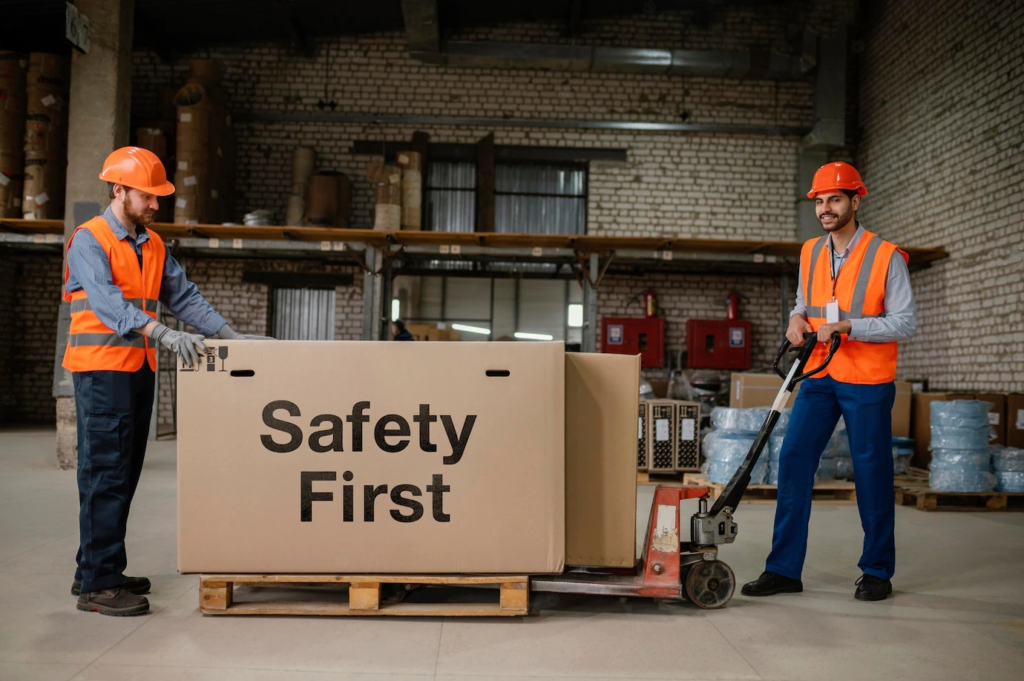
Improper container stuffing can cause various types of damage to the cargo or the container, such as:
- Physical damage: This refers to the damage that affects the appearance, function, or quality of the cargo or the container, such as breakage, denting, scratching, or crushing. Physical damage can be caused by factors such as poor packing, inadequate protection, excessive weight, improper loading, insufficient securing, or rough handling.
- Moisture damage: This refers to the damage that affects the condition, freshness, or hygiene of the cargo or the container, such as mold, mildew, rust, corrosion, or rot. Moisture damage can be caused by factors such as condensation, leakage, humidity, temperature changes, or poor ventilation.
- Contamination damage: This refers to the damage that affects the purity, safety, or legality of the cargo or the container, such as stains, odors, pests, or pollutants. Contamination damage can be caused by factors such as dirt, dust, debris, spills, leaks, or infestation.
- Theft damage: This refers to the damage that affects the quantity, value, or ownership of the cargo or the container, such as loss, pilferage, or robbery. Theft damage can be caused by factors such as weak seals, locks, or security, or criminal activities.
Efficient container stuffing techniques
Some of the efficient container stuffing techniques that shippers can use to optimize their container stuffing process are:
- Use the right type and size of container for the cargo. Choose the container that best suits the nature, volume, and weight of the cargo, and that complies with the regulations and standards of the shipping industry. For example, use refrigerated containers for perishable goods, open-top containers for oversized goods, or flat-rack containers for heavy goods.
- Prepare the container and the cargo before stuffing. Clean, dry, and inspect the container and the cargo before stuffing, and fix any issues or problems that could affect their quality or performance. Pack, label, and palletize the cargo properly to make it easier to load, unload, and identify.
- Follow the loading plan or sequence. Create and follow a loading plan or sequence that shows how the cargo should be arranged and distributed inside the container. Consider the dimensions, weights, quantities, and characteristics of the cargo, as well as the center of gravity, the load limit, and the balance of the container. Load the heaviest items first, and place them at the bottom and center of the container. Load the lightest items last, and place them at the top and sides of the container. Load the items in a way that minimizes gaps, spaces, or voids between them.
- Secure the cargo inside the container. Use appropriate materials and methods to secure the cargo inside the container, and prevent it from moving, shifting, or falling during transit. Use straps, ropes, chains, lashing bars, blocking, bracing, airbags, or dunnage to restrain, support, or cushion the cargo. Use the container’s internal structures, such as corner posts, rails, or hooks, to anchor the securing materials or methods. Check the tension, strength, and condition of the securing materials or methods regularly, and adjust or replace them as needed.
- Seal or lock the container after stuffing. Use a durable, tamper-evident, and unique seal or lock to seal or lock the container after stuffing, and prevent unauthorized access, theft, tampering, or smuggling. Record and verify the number or code of the seal or lock, and attach it to the container’s door or handle. Keep the seal or lock intact until the container reaches its destination, and report any signs of damage or tampering immediately.
Tools and equipment for container stuffing
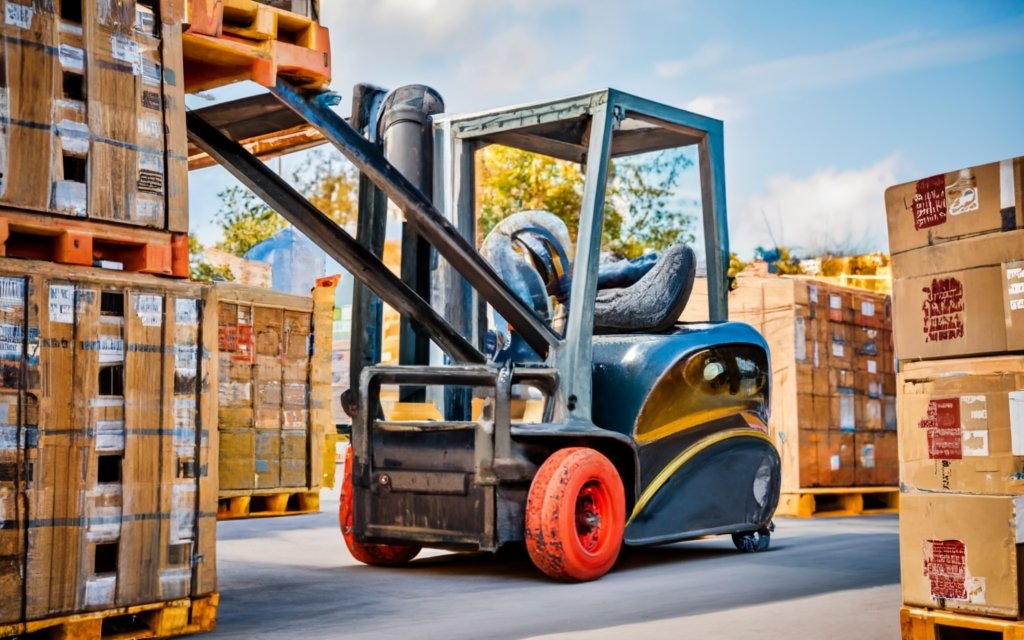
Some of the tools and equipment that shippers can use to facilitate their container stuffing process are:
- Forklifts: These are vehicles with forks or prongs that can lift, move, or stack palletized cargo. Forklifts can be used to load or unload containers quickly and easily, especially for heavy or bulky items. Forklifts can also be equipped with attachments, such as clamps, hooks, or rollers, to handle different types of cargo.
- Pallet jacks: These are devices with forks or blades that can lift, move, or position palletized cargo. Pallet jacks can be used to load or unload containers manually or mechanically, especially for light or small items. Pallet jacks can also be electric, hydraulic, or pneumatic, to provide more power or speed.
- Loading ramps: These are structures with slopes or inclines that can connect the ground level to the container level. Loading ramps can be used to load or unload containers smoothly and safely, especially for wheeled or rolling items. Loading ramps can also be fixed, portable, or adjustable, to suit different heights or angles.
- Loading docks: These are platforms or areas where containers can be loaded or unloaded. Loading docks can be used to load or unload containers conveniently and efficiently, especially for multiple or simultaneous items. Loading docks can also be equipped with features, such as lights, fans, or heaters, to provide more comfort or visibility.
- Loading bridges: These are devices with platforms or surfaces that can span the gap between the container and the loading dock. Loading bridges can be used to load or unload containers securely and seamlessly, especially for fragile or sensitive items. Loading bridges can also be manual, automatic, or telescopic, to provide more control or flexibility.
Best Practices for Organizing and Securing Cargo in Containers
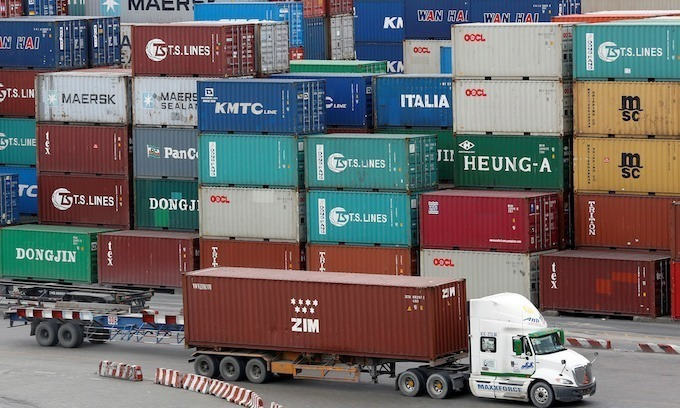
Some of the best practices that shippers can follow for organizing and securing cargo in containers are:
- Organizing the cargo by type, size, weight, or priority, and grouping or stacking similar or compatible cargo together.
- Securing the cargo by using appropriate dunnage, padding, or securing materials, and applying sufficient tension or pressure to prevent cargo movement or damage.
- Checking the cargo for stability and balance, and adjusting or correcting any issues or errors before closing the container.
- Documenting the cargo and the container, and keeping a record of the cargo description, quantity, weight, volume, condition, and location in the container.
- Communicating the cargo and the container information, and providing the necessary documents, instructions, or warnings to the container provider, carrier, or freight forwarder.
Maximizing Container Space Utilization
Some of the ways that shippers can maximize container space utilization are:
- Choosing the right container type, size, and condition for the cargo, and avoiding using oversized or undersized containers.
- Preparing the cargo for loading, and using optimal packing, labeling, palletizing, or wrapping methods to reduce the cargo size, weight, or volume.
- Following the container loading plan or instructions, and using efficient loading sequence, pattern, orientation, or arrangement to optimize the cargo placement and distribution in the container.
- Filling the gaps or voids in the container, and using suitable dunnage, airbags, or inflatable cushions to eliminate the wasted space in the container.
- Loading cargo at an appropriate height and position in the container, and avoiding overloading or underloading the container.
Stuffing Shipping Safety Guidelines

Some of the container stuffing safety guidelines that shippers should follow are:
- Inspecting the container and the cargo for cleanliness, damage, or defects before loading, and reporting any problems or hazards to the container provider or carrier.
- Using the right tools and equipment for container stuffing, and following the proper operating, maintenance, and safety procedures for each tool or equipment.
- Wearing the appropriate personal protective equipment (PPE), such as gloves, boots, helmets, or vests, and following the relevant health and safety regulations and standards for container stuffing.
- Loading compatible and non-hazardous cargo together in the same container, and separating or isolating incompatible or hazardous cargo in different containers or compartments.
- Loading cargo evenly and within the weight and volume limits of the container, and avoiding overloading or exceeding the container capacity or rating.
- Securing the cargo and the container properly, and avoiding loose or unsecured cargo or container that may cause injury or damage during transit.
- Checking the container and the cargo for stability and balance, and avoiding unstable or unbalanced container or cargo that may cause tipping or falling during transit.
- Documenting and communicating the container and the cargo information, and providing the necessary documents, instructions, or warnings to the container provider, carrier, or freight forwarder.
Stuffing Shipping for Different Types of Cargo
Different types of cargo may require different container stuffing techniques, tools, equipment, or practices, depending on the cargo characteristics, requirements, or regulations. Some examples of different types of cargo that require special attention when stuffing containers are:
- Perishable cargo, such as food, flowers, or pharmaceuticals, that require temperature-controlled containers, such as reefers or insulated containers, to maintain the optimal temperature and humidity levels for the cargo preservation and quality.
- Dangerous cargo, such as explosives, flammable liquids, corrosive substances, or radioactive materials, that require special containers, such as open-top, flat-rack, or tank containers, to accommodate the cargo shape, size, or weight, and to provide ventilation, drainage, or isolation for the cargo safety and security.
- Oversized or overweight cargo, such as machinery, vehicles, or equipment, that require special containers, such as open-top, flat-rack, or platform containers, to fit the cargo dimensions or mass, and to facilitate the loading and unloading process using cranes, ramps, or rollers.
- Fragile or valuable cargo, such as glass, ceramics, or electronics, that require extra protection and care when stuffing containers, such as using cushioning, wrapping, or padding materials, to prevent cargo breakage, damage, or loss during transit.
- Live cargo, such as animals, plants, or insects, that require special containers, such as ventilated, insulated, or refrigerated containers, to provide the necessary air, temperature, or humidity conditions for the cargo survival and health.
Conclusion
Stuffing shipping containers is a crucial and complex task that requires careful planning, preparation, and execution. Proper container stuffing can ensure the cargo protection, stability, efficiency, compliance, and safety during transit. Improper container stuffing can cause cargo damage, wasted space, increased costs, and safety hazards. Shippers should follow the container stuffing techniques, tools, equipment, practices, and guidelines discussed in this article to load containers safely and efficiently. Shippers should also pay attention to the different types of cargo that require special attention when stuffing containers. By doing so, shippers can optimize their container space utilization and improve their shipping performance and profitability.



